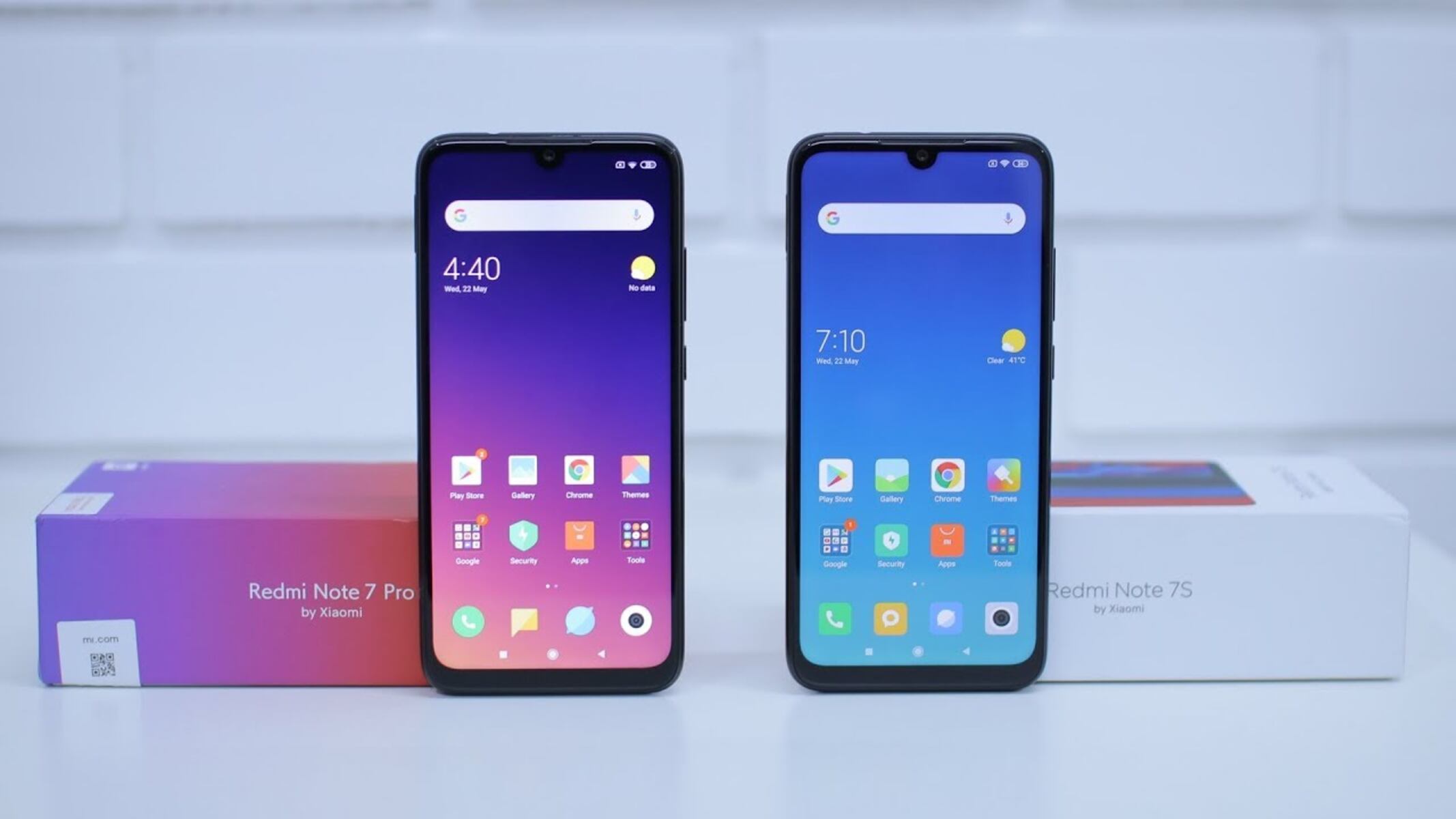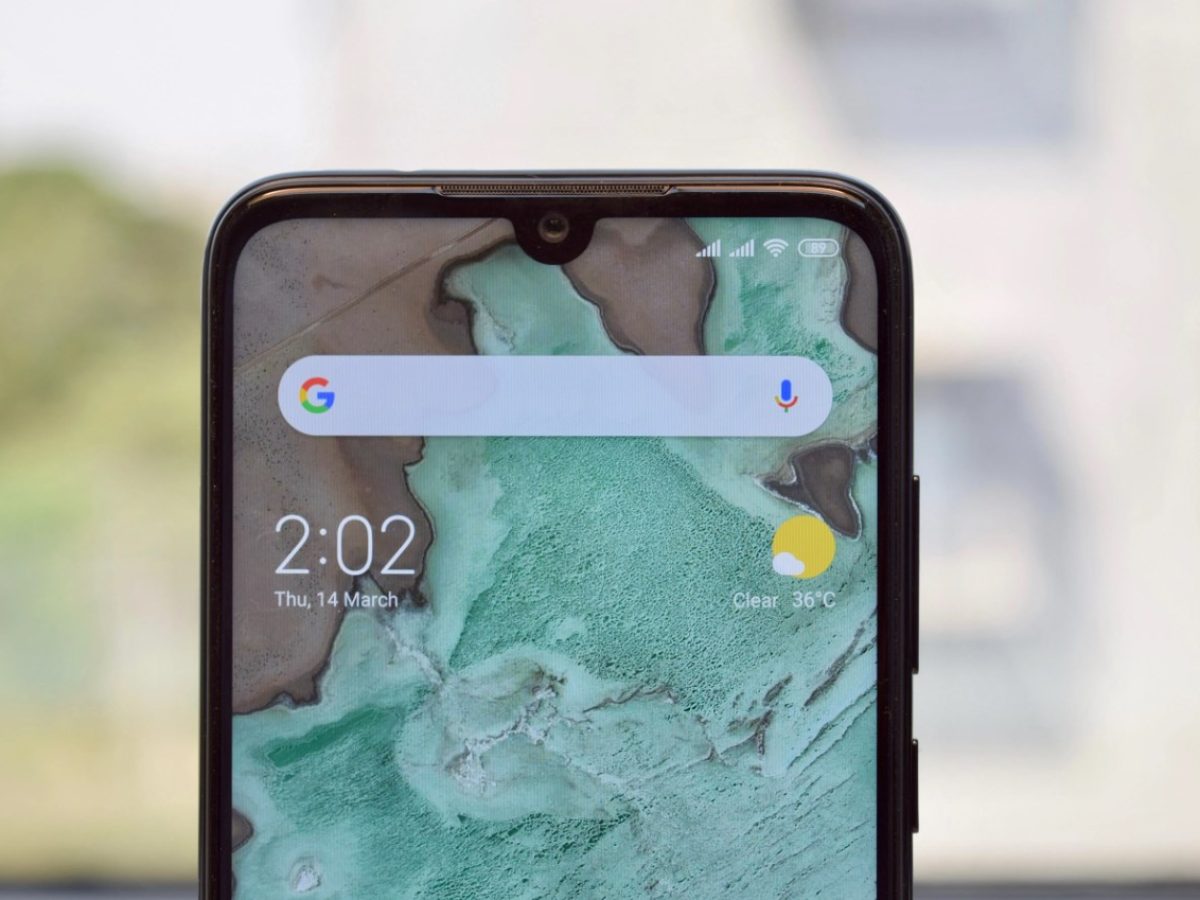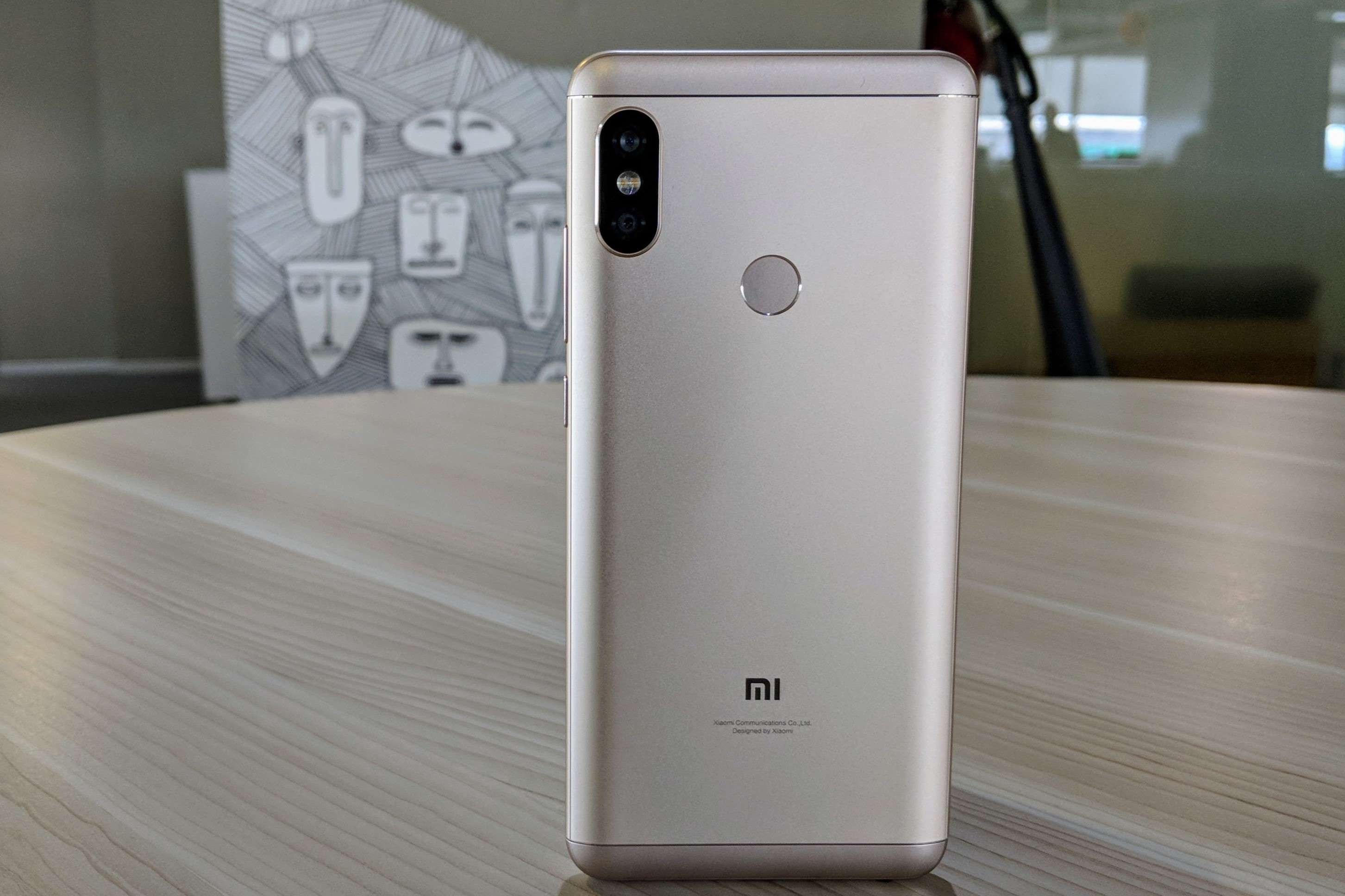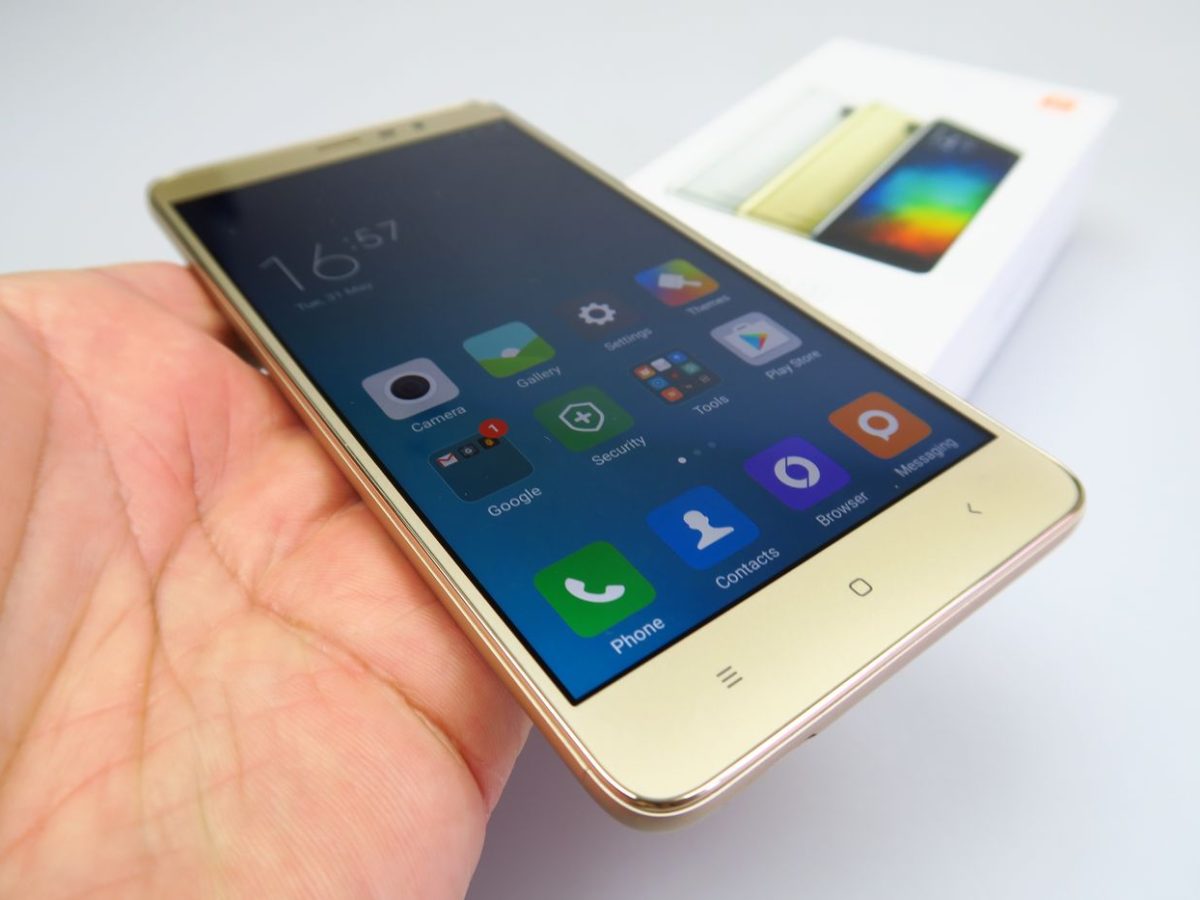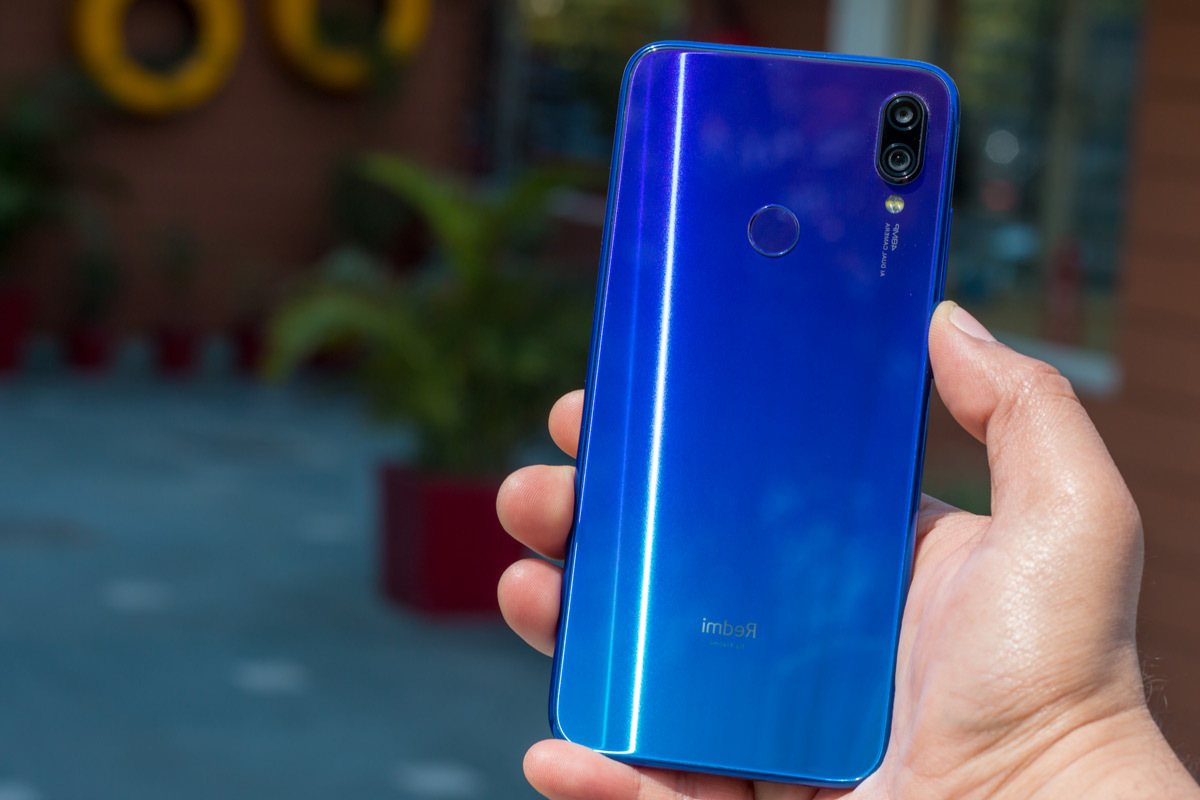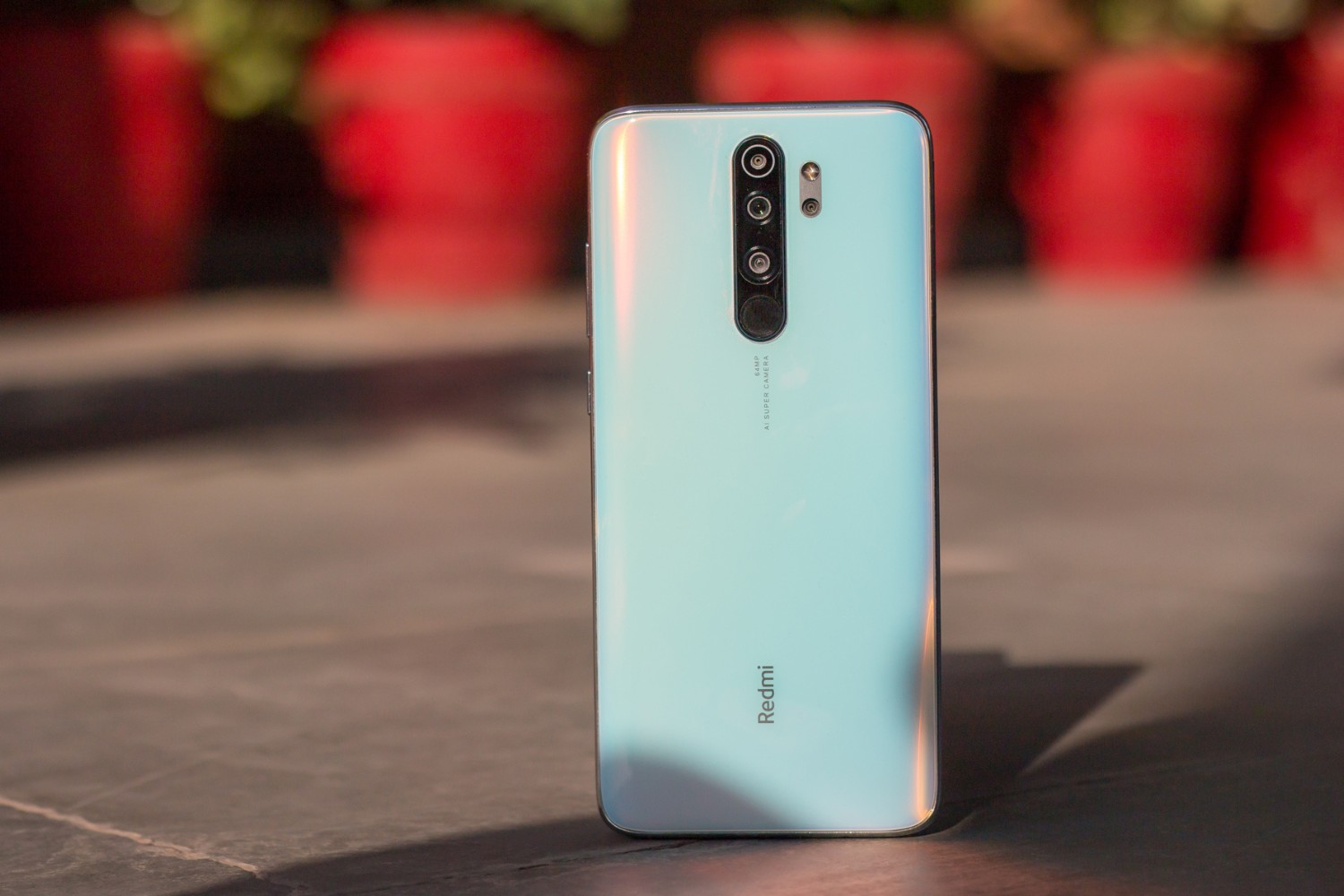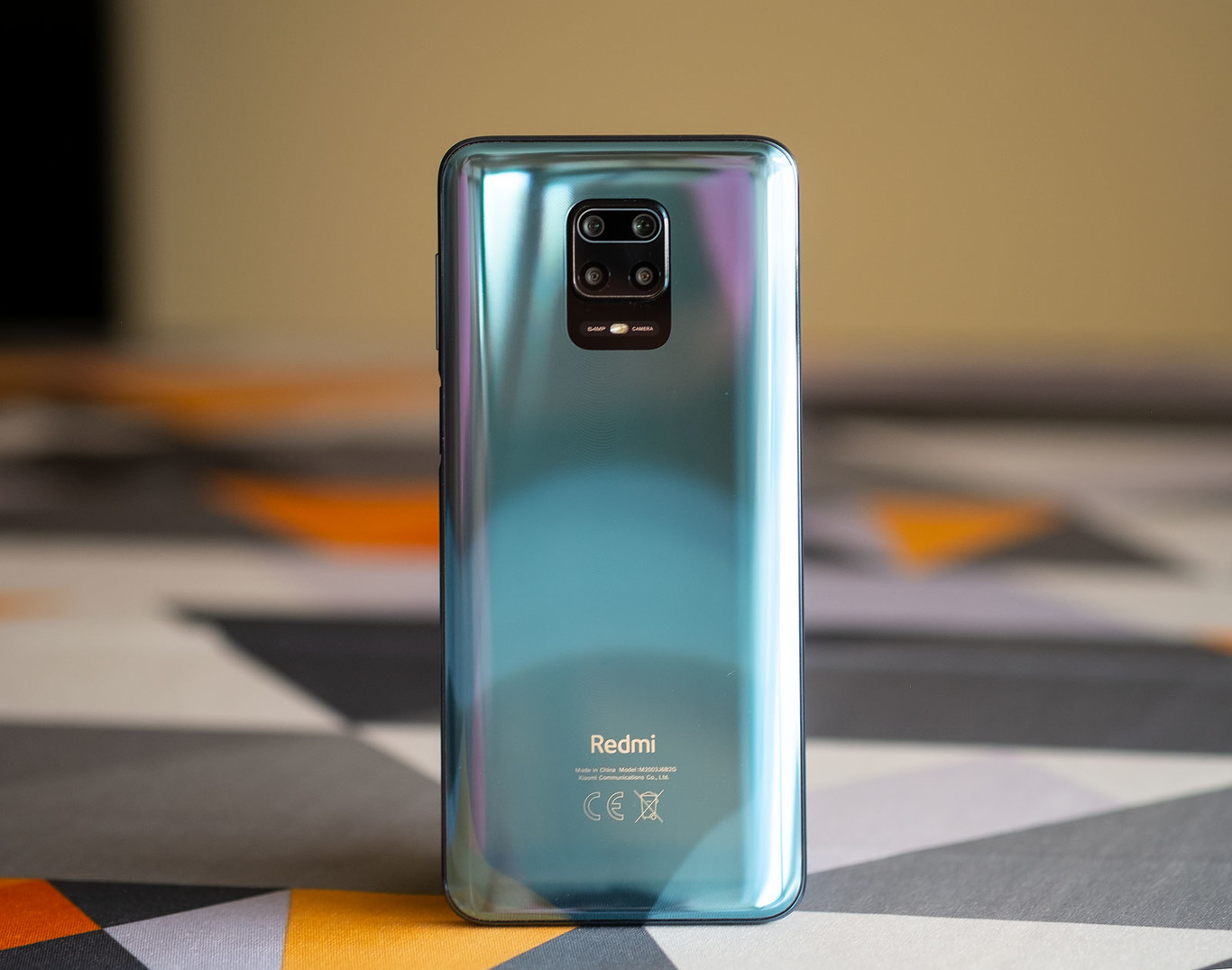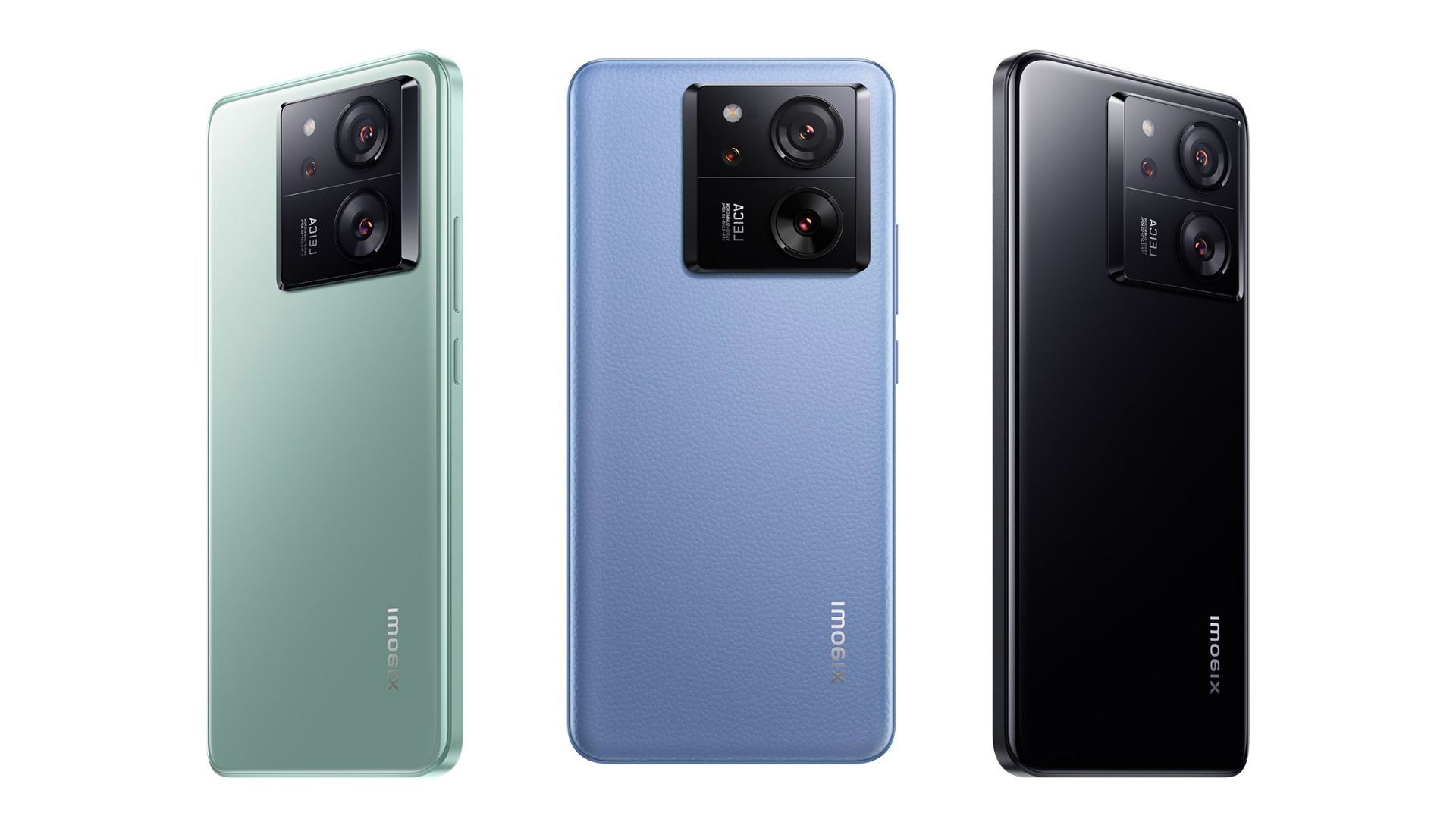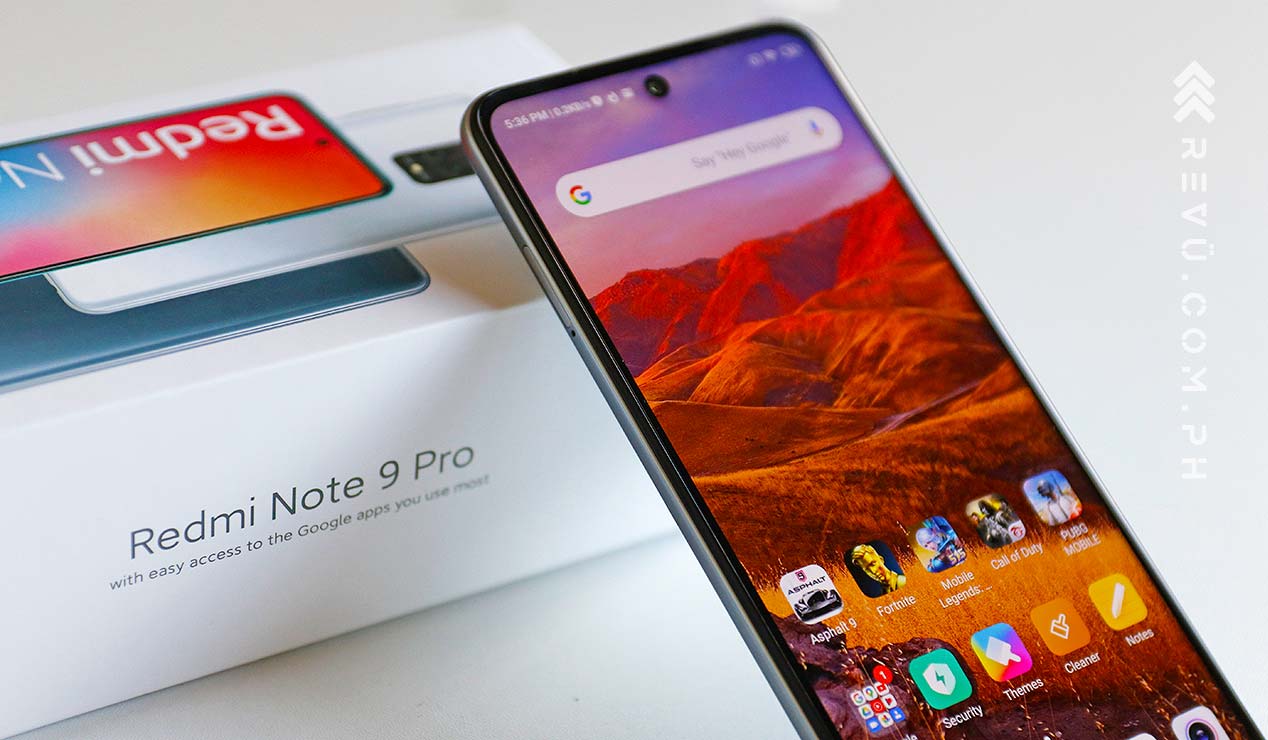Design and Build Quality
The design and build quality of a mobile device play a pivotal role in determining its overall appeal and durability. When comparing the Redmi Note 7 and Note 7 Pro, it's essential to delve into the intricacies of their design and build to make an informed decision.
Redmi Note 7
The Redmi Note 7 boasts a sleek and modern design that exudes elegance. Its glass back panel, reinforced by Corning Gorilla Glass 5, not only enhances the aesthetic appeal but also provides robust protection against scratches and accidental drops. The device features a glossy finish that catches the light in a mesmerizing way, adding a touch of sophistication to its overall look.
Redmi Note 7 Pro
On the other hand, the Redmi Note 7 Pro takes the design and build quality a notch higher. It retains the glass back panel with Corning Gorilla Glass 5 protection, but with a subtle gradient finish that creates a stunning visual effect. This gradient design not only sets it apart from its predecessor but also adds a premium feel to the device.
Comparison
When comparing the two, both devices share a similar design language with a waterdrop notch at the top of the display, offering a seamless and immersive viewing experience. The slim bezels and a high screen-to-body ratio further accentuate the modern appeal of these devices.
In terms of build quality, both the Redmi Note 7 and Note 7 Pro exhibit exceptional craftsmanship. The solid construction and attention to detail ensure a comfortable grip and a reassuring sense of durability. The tactile feedback of the buttons and the overall ergonomics contribute to a satisfying user experience.
In summary, while the Redmi Note 7 impresses with its elegant glass design, the Redmi Note 7 Pro elevates the experience with a captivating gradient finish, setting a new benchmark for design and build quality in the mid-range smartphone segment.
This detailed comparison of the design and build quality of the Redmi Note 7 and Note 7 Pro provides valuable insights for consumers seeking a device that not only looks stunning but also withstands the rigors of daily use.
Display and Screen Size
The display and screen size of a smartphone are pivotal factors that significantly influence the user experience. When comparing the Redmi Note 7 and Note 7 Pro, it's essential to delve into the intricacies of their displays to make an informed decision.
Redmi Note 7
The Redmi Note 7 features a 6.3-inch Full HD+ display that delivers vibrant colors and sharp details, making it ideal for multimedia consumption and gaming. The immersive viewing experience is further enhanced by the minimal bezels and the waterdrop notch design, which maximizes the screen real estate while maintaining a sleek and modern aesthetic.
Redmi Note 7 Pro
On the other hand, the Redmi Note 7 Pro boasts a 6.3-inch Full HD+ display with a waterdrop notch, similar to its predecessor. However, what sets it apart is the incorporation of a Super AMOLED panel, which elevates the visual experience to a whole new level. The Super AMOLED display technology offers deeper blacks, vibrant colors, and improved power efficiency, resulting in an immersive and power-efficient viewing experience.
Comparison
When comparing the displays of the Redmi Note 7 and Note 7 Pro, both devices excel in providing an expansive canvas for content consumption and productivity. The Full HD+ resolution ensures crisp and clear visuals, whether it's streaming high-definition videos or browsing through photos.
The utilization of the waterdrop notch design not only maximizes the screen-to-body ratio but also minimizes distractions, allowing users to immerse themselves in the content without obtrusive elements hindering the viewing experience.
Moreover, the incorporation of Corning Gorilla Glass protection on both devices ensures durability and resistance against scratches, adding a layer of reliability to the stunning displays.
In summary, while the Redmi Note 7 offers a commendable display for its segment, the Redmi Note 7 Pro takes it a step further with the inclusion of a Super AMOLED panel, setting a new standard for visual excellence in the mid-range smartphone category.
This detailed comparison of the display and screen size of the Redmi Note 7 and Note 7 Pro provides valuable insights for consumers seeking a device with a captivating display that elevates their multimedia and gaming experiences.
Performance and Hardware
The performance and hardware capabilities of a smartphone are pivotal in determining its ability to handle demanding tasks and deliver a seamless user experience. When comparing the Redmi Note 7 and Note 7 Pro in terms of performance and hardware, it's essential to delve into the intricacies of their internal components and processing prowess.
Redmi Note 7
The Redmi Note 7 is powered by the Qualcomm Snapdragon 660 octa-core processor, which is renowned for its balance of performance and power efficiency. This chipset, coupled with Adreno 512 GPU, ensures smooth multitasking, lag-free gaming, and efficient power management. Additionally, the device is available in variants with 3GB, 4GB, and 6GB of RAM, catering to diverse user requirements.
Redmi Note 7 Pro
On the other hand, the Redmi Note 7 Pro takes the performance aspect to the next level with the Qualcomm Snapdragon 675 octa-core processor. This chipset is built on the 11nm process, offering improved performance and energy efficiency. Paired with the Adreno 612 GPU, the Note 7 Pro delivers a significant boost in graphics performance, making it an ideal choice for gaming enthusiasts and power users. The device is available in variants with 4GB and 6GB of RAM, ensuring snappy responsiveness and effortless multitasking.
Comparison
When comparing the performance and hardware of the Redmi Note 7 and Note 7 Pro, both devices excel in delivering a fluid and responsive user experience. The robust processors and ample RAM ensure that everyday tasks, such as app launches, switching between applications, and browsing the web, are handled with ease.
Moreover, the Adreno GPUs in both devices enhance the gaming and graphics performance, allowing users to indulge in graphically intensive games and high-definition content without compromise. The efficient thermal management further contributes to sustained performance during extended usage sessions.
Furthermore, the inclusion of ample storage options in both devices ensures that users have the flexibility to store their media, documents, and applications without worrying about running out of space.
In summary, while the Redmi Note 7 impresses with its capable Snapdragon 660 processor and versatile RAM options, the Redmi Note 7 Pro raises the bar with the advanced Snapdragon 675 chipset and enhanced graphics performance, catering to users with demanding performance needs.
This detailed comparison of the performance and hardware of the Redmi Note 7 and Note 7 Pro provides valuable insights for consumers seeking a smartphone that delivers uncompromising performance and seamless multitasking capabilities.
Camera Quality
The camera quality of a smartphone is a defining factor for many consumers, as it directly impacts their ability to capture memorable moments with clarity and precision. When comparing the Redmi Note 7 and Note 7 Pro in terms of camera quality, it's essential to delve into the intricacies of their imaging capabilities to provide a comprehensive understanding for potential buyers.
Redmi Note 7
The Redmi Note 7 features a dual-camera setup comprising a 12MP primary sensor and a 2MP depth sensor. The primary sensor, equipped with a large f/2.2 aperture, excels in capturing detailed shots with accurate colors and balanced exposure. The incorporation of phase detection autofocus (PDAF) ensures swift and accurate focusing, enabling users to seize fleeting moments with ease. Additionally, the AI scene detection intelligently optimizes settings based on the subject, resulting in vibrant and true-to-life images across various scenarios.
Redmi Note 7 Pro
On the other hand, the Redmi Note 7 Pro raises the bar with its advanced camera setup. It boasts a 48MP primary sensor with a cutting-edge Sony IMX586 sensor, coupled with a 5MP depth sensor. The 48MP sensor, featuring a wider f/1.79 aperture, excels in capturing intricate details and textures with exceptional clarity and sharpness. The sensor's large pixel size ensures impressive low-light performance, allowing users to capture stunning images even in challenging lighting conditions. The incorporation of advanced features such as 4-in-1 pixel binning technology further enhances the sensor's ability to deliver stunning images with reduced noise and improved dynamic range.
Comparison
When comparing the camera quality of the Redmi Note 7 and Note 7 Pro, both devices excel in capturing striking images that surpass the expectations for their respective price segments. The primary sensors in both devices deliver commendable performance, with the Note 7 Pro's 48MP sensor showcasing a significant leap in resolution and detail retention. The depth sensors in both devices contribute to the creation of appealing bokeh effects, adding a professional touch to portrait shots.
Moreover, the incorporation of AI algorithms in both devices enhances the overall imaging experience by intelligently optimizing settings and scene recognition, resulting in captivating photos with minimal user intervention. The robust camera interfaces in both devices offer a plethora of shooting modes and creative tools, empowering users to explore their photography skills and experiment with various styles.
In summary, while the Redmi Note 7 impresses with its capable dual-camera setup and AI enhancements, the Redmi Note 7 Pro elevates the imaging experience with its cutting-edge 48MP sensor and advanced low-light performance, catering to photography enthusiasts and casual users alike.
This detailed comparison of the camera quality of the Redmi Note 7 and Note 7 Pro provides valuable insights for consumers seeking a smartphone that excels in capturing stunning images and preserving cherished memories with exceptional clarity and detail.
Battery Life and Charging
The battery life and charging capabilities of a smartphone are crucial aspects that directly impact the overall user experience. When evaluating the Redmi Note 7 and Note 7 Pro in terms of battery performance and charging efficiency, it's essential to delve into the intricacies of their power management and charging technologies to provide a comprehensive understanding for potential buyers.
Redmi Note 7
The Redmi Note 7 is equipped with a non-removable Li-Po 4000mAh battery, which offers commendable endurance for day-to-day usage. The efficient power management of the device, coupled with the power-efficient Snapdragon 660 processor, ensures prolonged usage without the need for frequent recharging. Whether it's streaming videos, browsing social media, or engaging in productivity tasks, the Redmi Note 7 delivers reliable battery performance, catering to the diverse needs of modern smartphone users.
In terms of charging, the Redmi Note 7 features support for Quick Charge 4 technology, allowing users to replenish the battery at a rapid pace. The inclusion of a fast charger in the retail package further enhances the convenience, enabling users to top up their device's battery swiftly, minimizing downtime and ensuring uninterrupted usage.
Redmi Note 7 Pro
The Redmi Note 7 Pro, similar to its predecessor, houses a non-removable Li-Po 4000mAh battery, providing robust endurance for extended usage. The combination of the power-efficient Snapdragon 675 processor and optimized software ensures that users can rely on the device to power through their daily tasks without experiencing battery anxiety. Whether it's gaming, multimedia consumption, or multitasking, the Redmi Note 7 Pro's battery performance remains consistent and dependable.
When it comes to charging, the Redmi Note 7 Pro also supports Quick Charge 4 technology, enabling users to rapidly recharge the device and minimize downtime. The inclusion of a fast charger in the retail package underscores Xiaomi's commitment to delivering a seamless charging experience, allowing users to stay connected without prolonged interruptions for charging.
Comparison
When comparing the battery life and charging capabilities of the Redmi Note 7 and Note 7 Pro, both devices excel in delivering reliable endurance and efficient charging solutions. The identical battery capacity ensures that users can expect similar longevity from both devices, regardless of their usage patterns. Additionally, the support for Quick Charge 4 technology in both devices underscores Xiaomi's dedication to providing users with rapid charging solutions that align with their fast-paced lifestyles.
In summary, the Redmi Note 7 and Note 7 Pro stand out for their robust battery performance and swift charging capabilities, ensuring that users can stay connected and productive without being tethered to a power outlet for extended periods.
This detailed comparison of the battery life and charging features of the Redmi Note 7 and Note 7 Pro provides valuable insights for consumers seeking a smartphone that offers enduring battery life and efficient charging solutions to support their dynamic lifestyles.
Price and Value for Money
The price and value for money are pivotal considerations for consumers when making a purchasing decision, especially in the competitive mid-range smartphone segment. When evaluating the Redmi Note 7 and Note 7 Pro in terms of their pricing and the value they offer, it's essential to delve into the intricate balance between features, performance, and affordability.
The Redmi Note 7, known for its exceptional value proposition, offers a compelling package at an attractive price point. With its robust Snapdragon 660 processor, commendable camera capabilities, and enduring battery life, the Redmi Note 7 presents a compelling option for budget-conscious consumers seeking a feature-rich smartphone without breaking the bank. The device's competitive pricing aligns with Xiaomi's commitment to democratizing technology, ensuring that users can access cutting-edge features without compromising on quality.
On the other hand, the Redmi Note 7 Pro elevates the value proposition by introducing advanced features typically found in higher-priced smartphones. The device's Snapdragon 675 processor, coupled with the impressive 48MP camera sensor and Super AMOLED display, redefines the expectations for mid-range smartphones. Despite offering a premium experience, the Redmi Note 7 Pro maintains an accessible price point, making it an enticing option for users who prioritize performance and imaging prowess without stretching their budget.
When comparing the pricing of the Redmi Note 7 and Note 7 Pro, it's evident that both devices offer exceptional value for money in their respective segments. The competitive pricing strategy adopted by Xiaomi ensures that consumers can access cutting-edge technology and innovative features without compromising on affordability. The seamless integration of premium components and advanced capabilities into budget-friendly offerings underscores Xiaomi's commitment to empowering users with devices that exceed expectations without imposing financial strain.
In summary, the Redmi Note 7 and Note 7 Pro stand out as prime examples of delivering unparalleled value for money, catering to diverse consumer needs and preferences. The strategic pricing and the comprehensive feature sets of both devices underscore Xiaomi's dedication to redefining the mid-range smartphone landscape, offering users an unparalleled blend of performance, innovation, and affordability.







